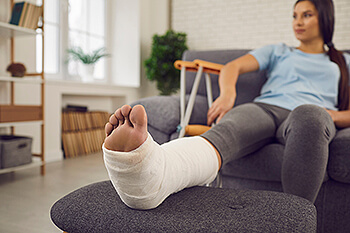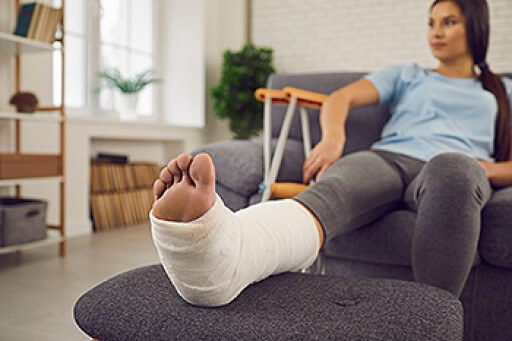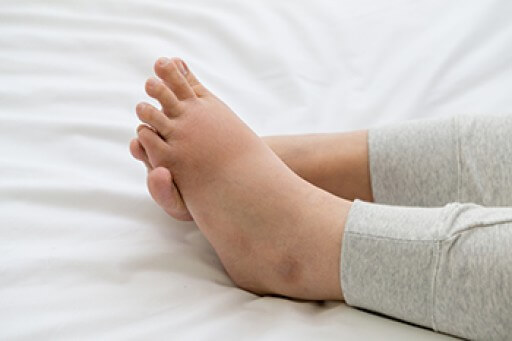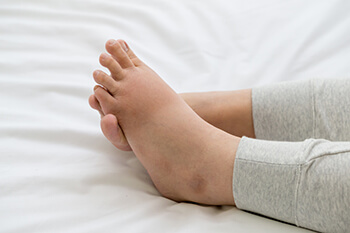
An ankle fracture, commonly known as a broken ankle, occurs when one or more of the bones in the ankle joint are damaged. The severity of a fractured ankle can vary from a single bone break that allows walking to multiple fractures that displace the ankle, making weight-bearing impossible for several months. In more complex cases, ligaments in the ankle may also be harmed. Ligaments are vital for maintaining the proper alignment of ankle bones and joints. Broken ankles can affect individuals of all age groups, and in recent decades, doctors have observed an increase in both the frequency and seriousness of such injuries. This increase is attributed, in part, to the active lifestyles of older generations, particularly the baby boomers. If you have endured an ankle fracture and it is not healing properly, it is suggested that you schedule an appointment with a podiatrist for additional treatment.
Broken ankles need immediate treatment. If you are seeking treatment, contact the podiatrists from Boston Common Podiatry. Our doctors can provide the care you need to keep you pain-free and on your feet.
Broken Ankles
A broken ankle is experienced when a person fractures their tibia or fibula in the lower leg and ankle area. Both of these bones are attached at the bottom of the leg and combine to form what we know to be our ankle.
When a physician is referring to a break of the ankle, he or she is usually referring to a break in the area where the tibia and fibula are joined to create our ankle joint. Ankles are more prone to fractures because the ankle is an area that suffers a lot of pressure and stress. There are some obvious signs when a person experiences a fractured ankle, and the following symptoms may be present.
Symptoms of a Fractured Ankle
- Excessive pain when the area is touched or when any pressure is placed on the ankle
- Swelling around the area
- Bruising of the area
- Area appears to be deformed
If you suspect an ankle fracture, it is recommended to seek treatment as soon as possible. The sooner you have your podiatrist diagnose the fracture, the quicker you’ll be on the way towards recovery.
If you have any questions, please feel free to contact our office located in Boston, MA . We offer the newest diagnostic and treatment technologies for all your foot care needs.










